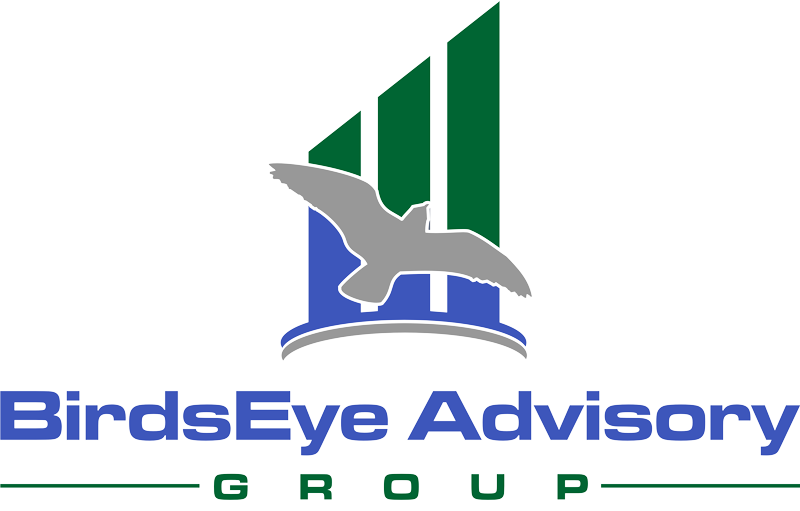The value of a branded product is more important then ever in this crowded pet product space. Recently, I was privileged to moderate a webcast for APPA titled Grass Roots Brand Building with Doug Gleason. Doug is the founder of True Blue Pet products and a former branding expert with Disney, Pepsi, and Nestle. In other words, he sure knows his stuff!
I got so much value from working with Doug on this project that I wanted to pass on the key points from the webcast. You can also download it from the APPA website.
Why Build a Brand?
A brand is the combination of the product’s physical attributes and an emotional connection the consumer has with the product. Starbucks is a great example of this. Sure, Starbucks has good coffee, but people are no more going there strictly for the coffee then a guy stops at a pub strictly to taste the beer. It’s all about the experience.
To Build Value. As an investment banker specializing in the pet industry, I get to see first hand just how important a brand is when valuing a company. Most companies are sold as a multiple of cash flow (or EBITDA). Companies without a strong brand will sell for 3 to 5 times EBITDA. Companies with a strong brand will sell from 7 to 12 times EBITDA. Waggin’ Train sold for almost 13 times EBITDA! So even though it takes time and resources to build a brand, you will get your money back in spades when you go to value or sell your company.
Consumers pay significantly more for brands. When faced with choices between a branded product and a less expensive store brand, they choose branded at least twice as often.
A strong brand can’t be copied. If your only competitive advantage is price, eventually someone will come in with a lower price and then no one makes money. And no one has any fun. But if you have a strong brand, you don’t have to worry about that. A competitor can try to replicate your product, but they can’t replicate your brand.
How do I go about building my brand?
Doug provided a step-by-step process for you to follow when fleshing out your brand and subsequent marketing campaigns:
1. Target your audience. It’s really difficult (and expensive!) to be all things to all people. When I owned my birdcage company, Avian Adventures, we would tout our cages as “upscale furniture for you and your bird.” We never tried to compete on price and we were always clear that our cages were the high end. Doug tries to accomplish this as well with his True Blue Shampoo.
2. Position your product to that audience: What does my brand offer? What is my brand promise? Will this position maximize my profits?
3. Support your claims. What are the specific product attributes that support your brand promise? If you claim to be the best quality at the cheapest price, people won’t buy into that because it feels inauthentic.
4. Develop your tone. The “personality” of your brand. Is it fun and whimsical or smart and serious?
Be Consistent
Doug couldn’t emphasize enough how important it is to maintain consistency throughout all of your marketing campaigns and collateral materials. Every marketing step you take, every dollar spent, should go toward consistently building your brand. Before you go out and create new marketing campaigns and initiatives, is everything you are already spending money on helping to build your brand?
- Packaging
- Web Site
- Retail Point-of-Sale Materials
- Trade Show Booth
- Business cards
- Letterhead
A perfect example of a successful pet brand Kong. Their name has become so strong that now they license their name to other companies. THAT is the ultimate in branding!
Carol Frank of Boulder, CO, is the founder of four companies in the pet industry and a Managing Director with BirdsEye Advisory Group, where she advises pet companies in M&A transactions and Exit Planning. She is a former CPA, has an MBA, is a Certified Mergers and Acquisitions Advisory (CM&AA) and holds Series 79 and 63 licenses. She highly values and incentivizes referrals and can be reached at cfrank@birdseyeadvisory.com.
